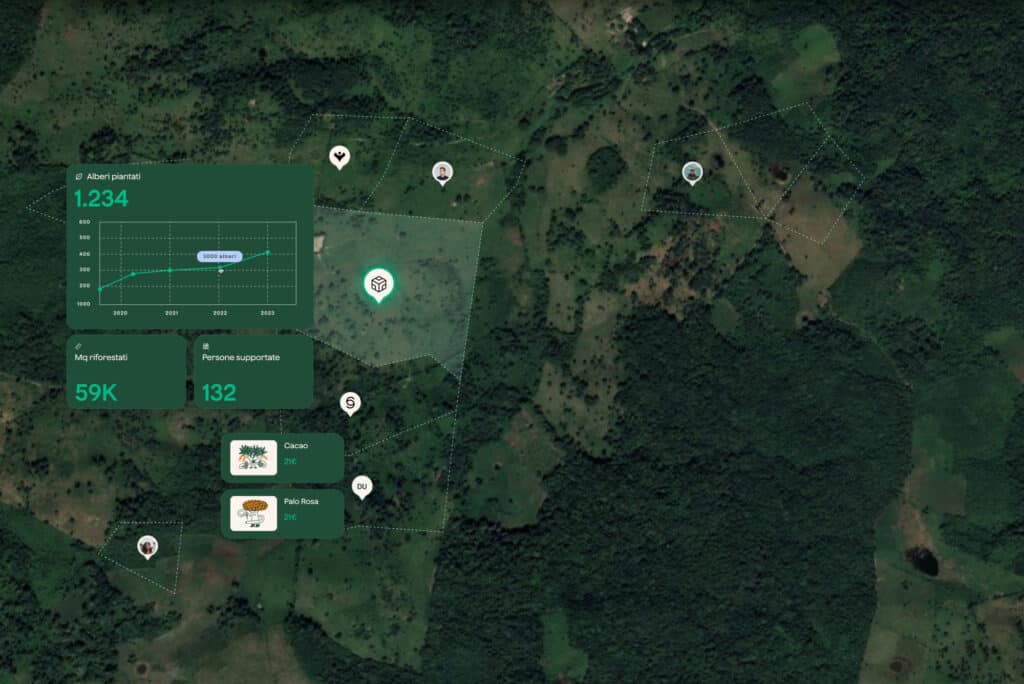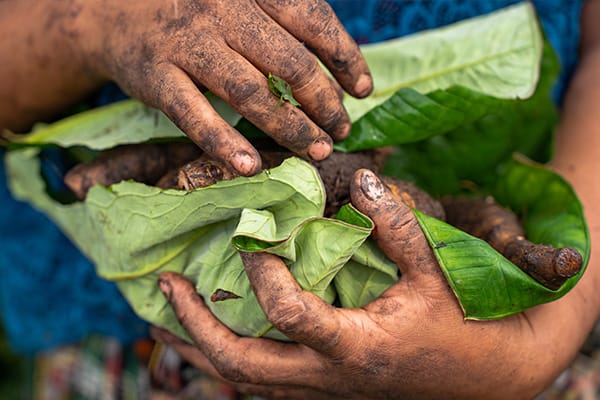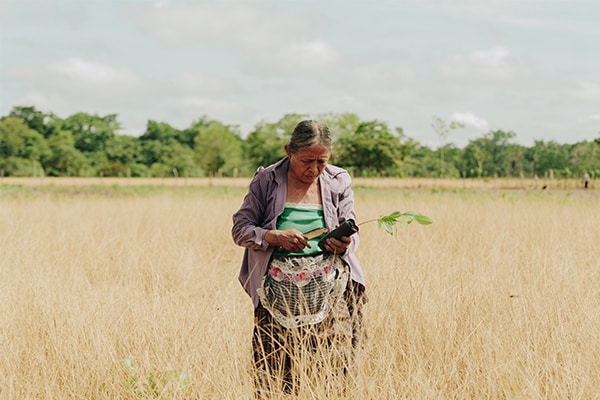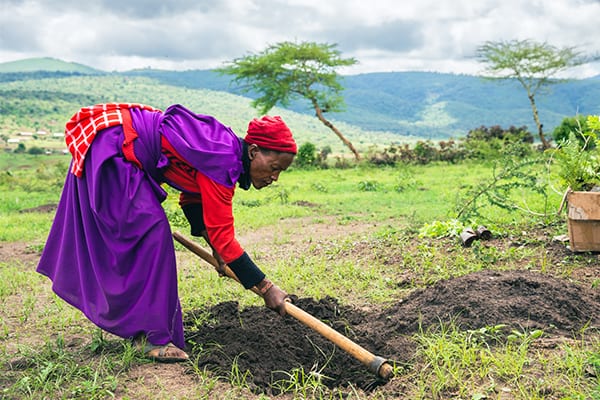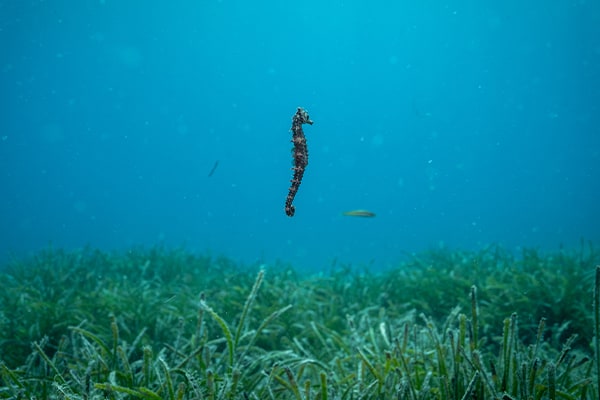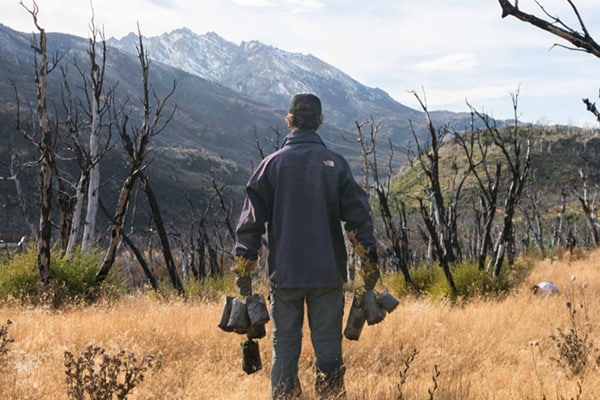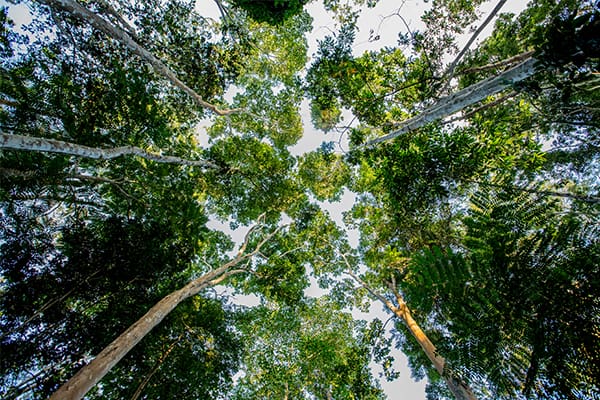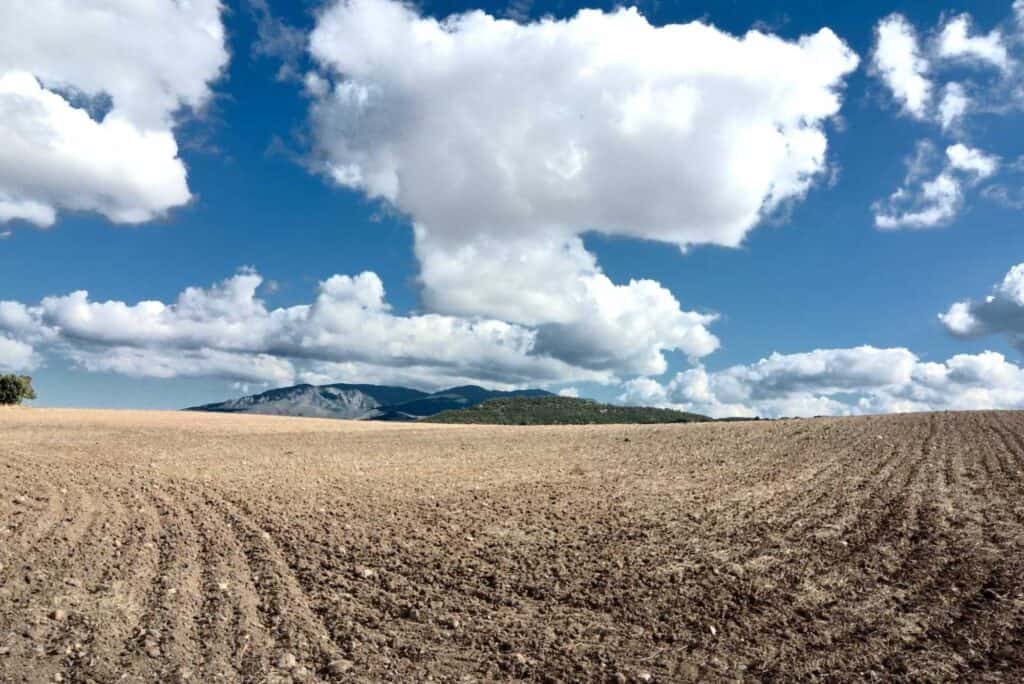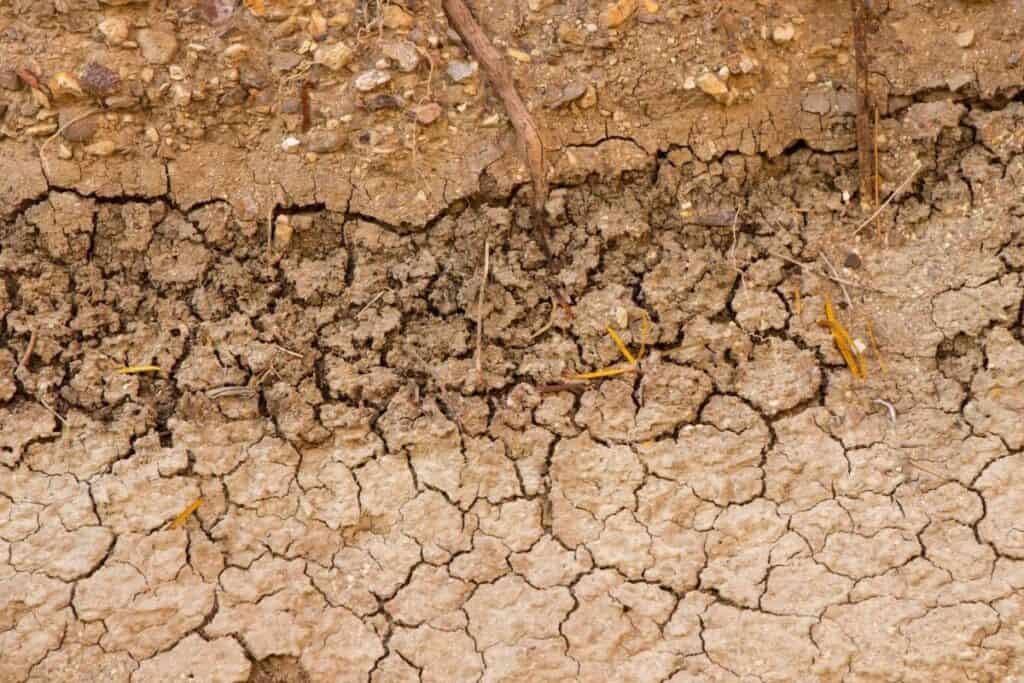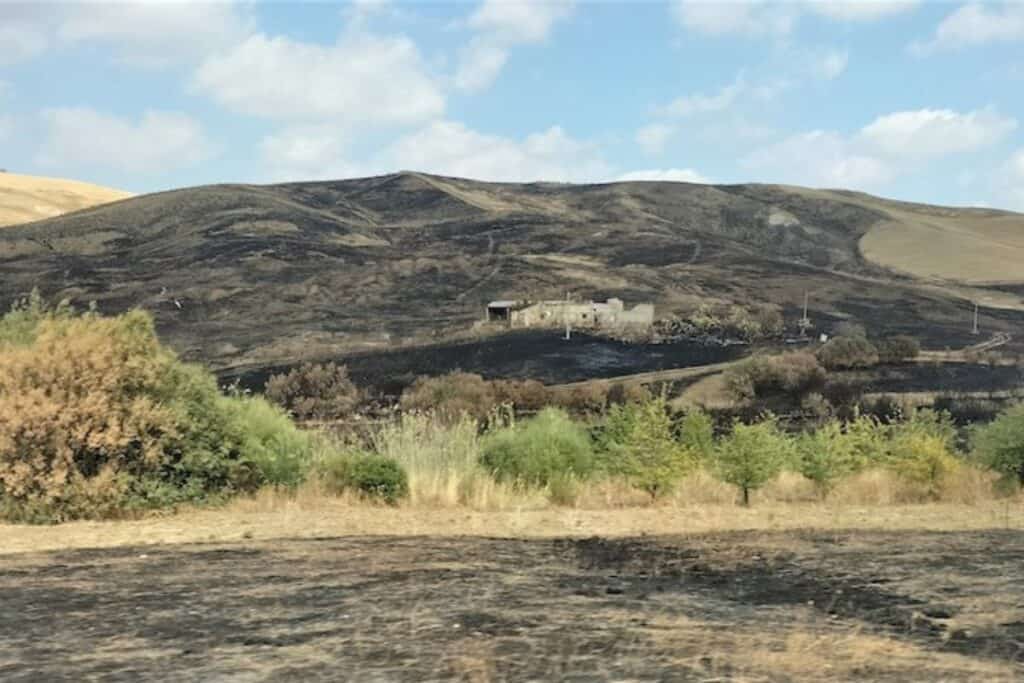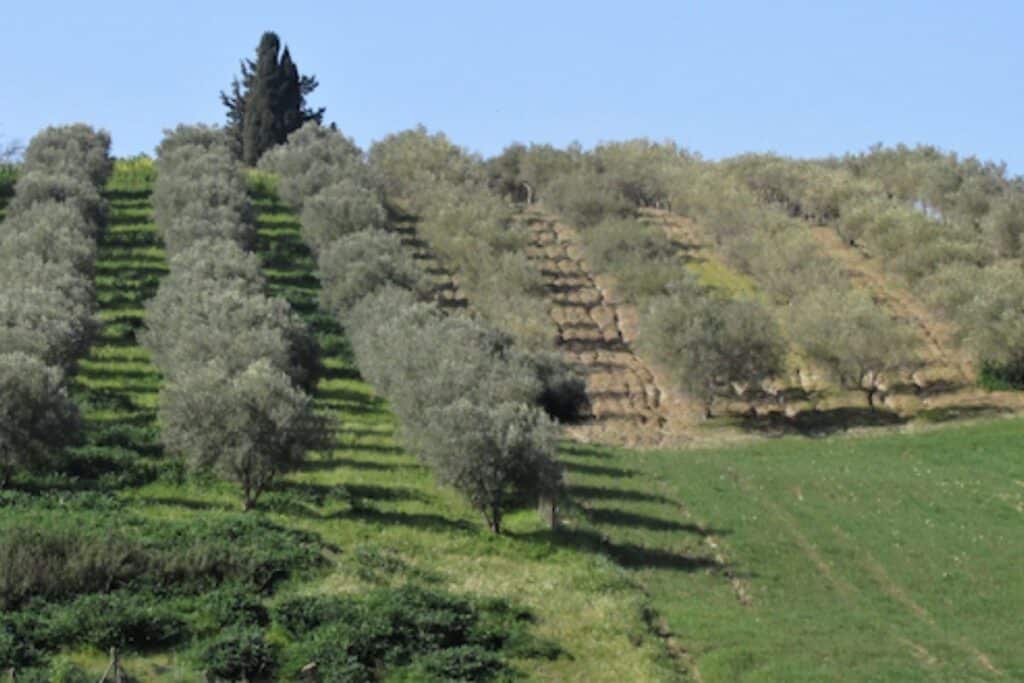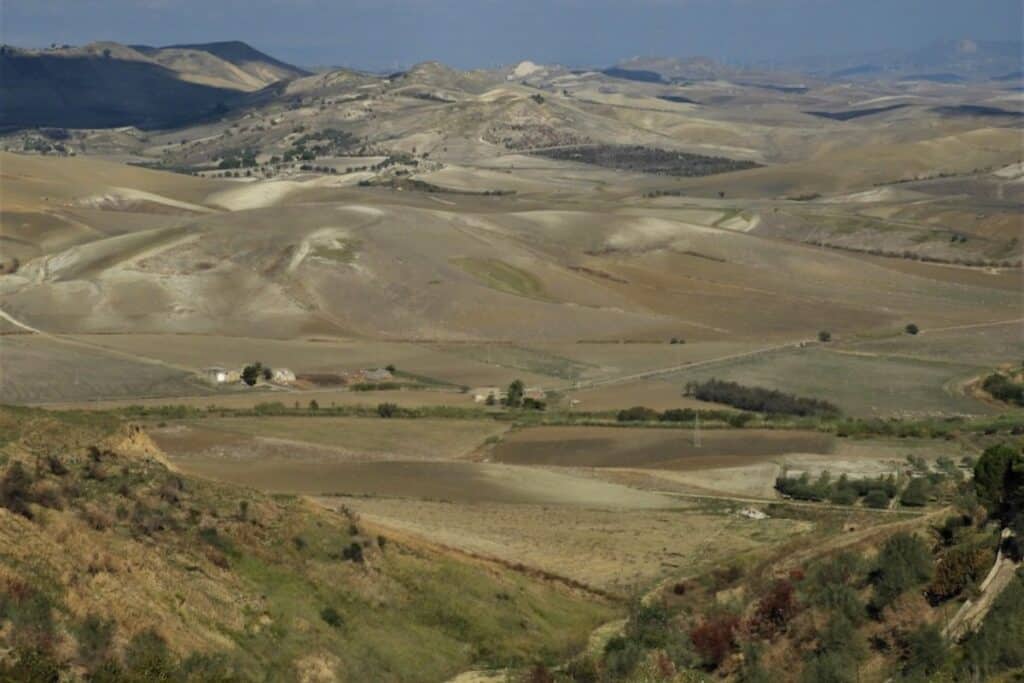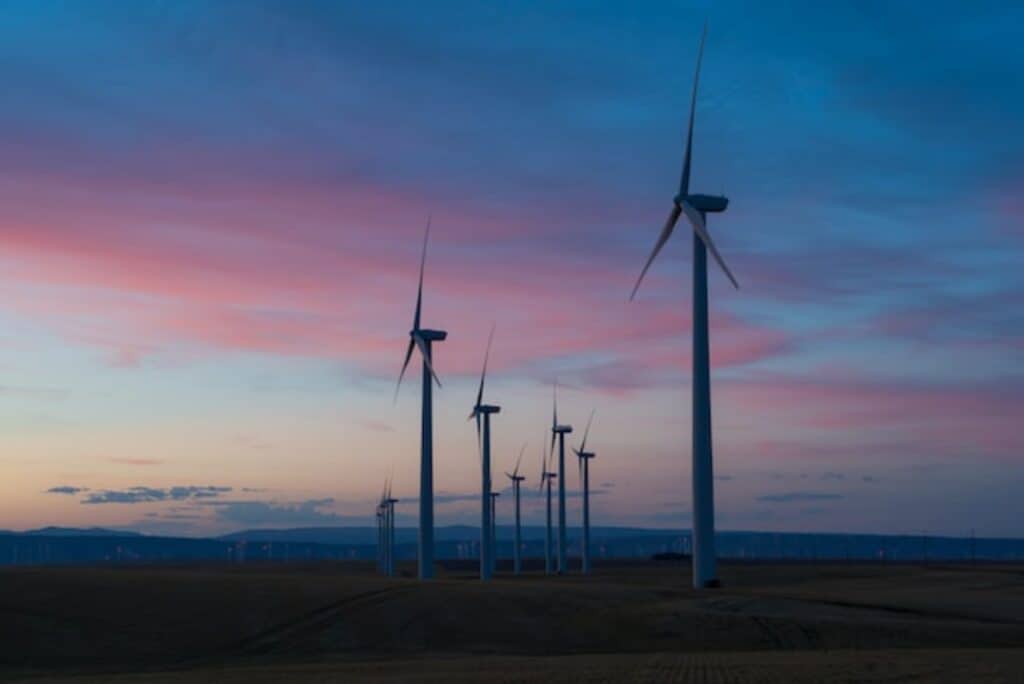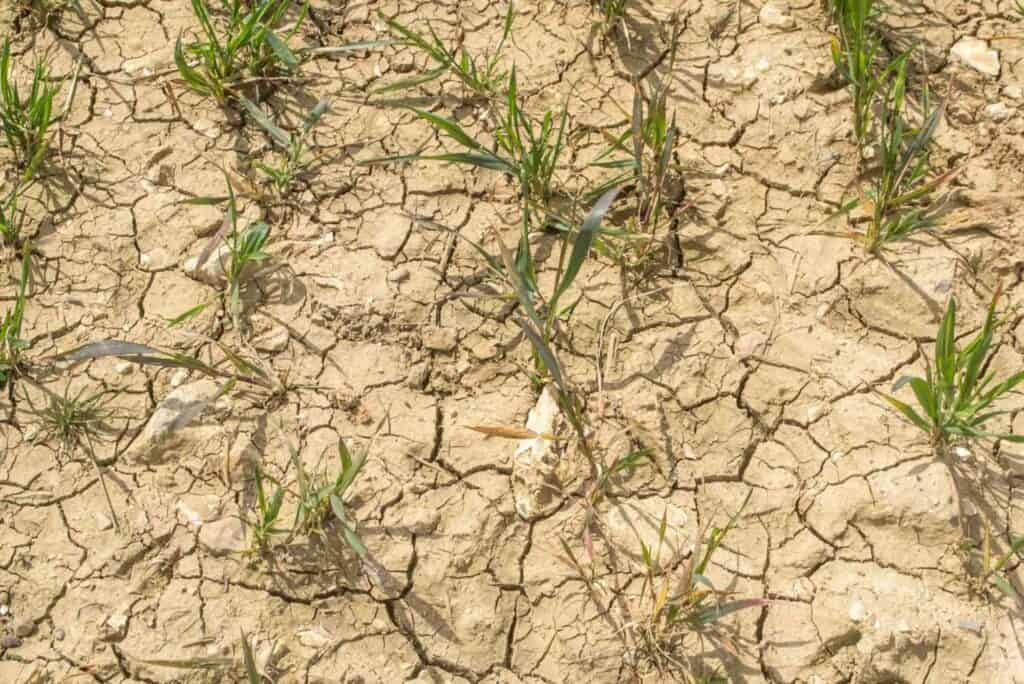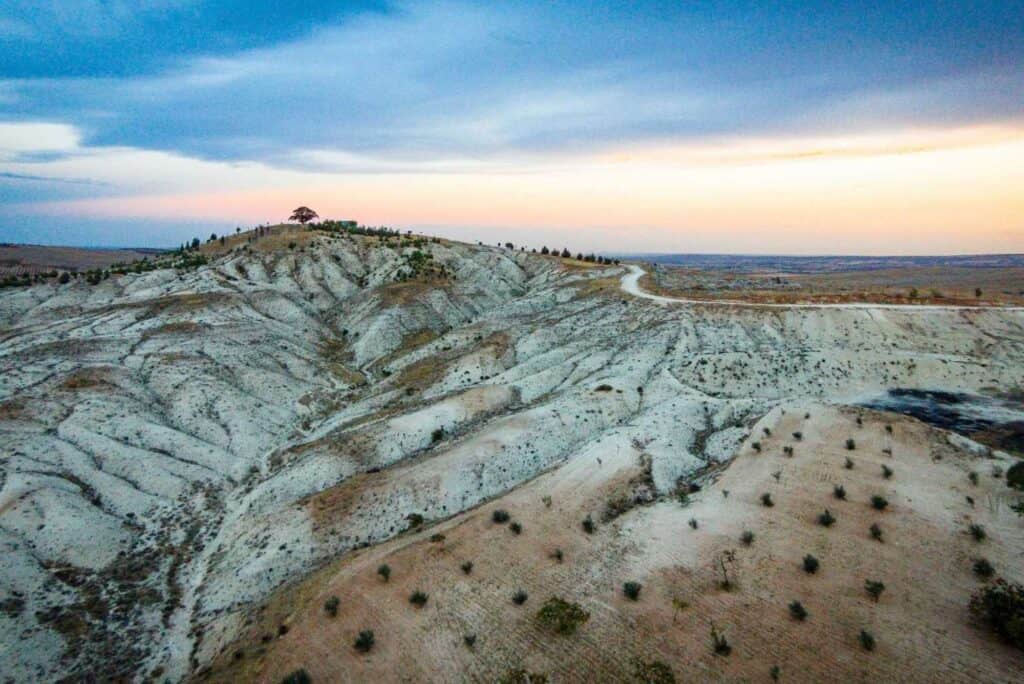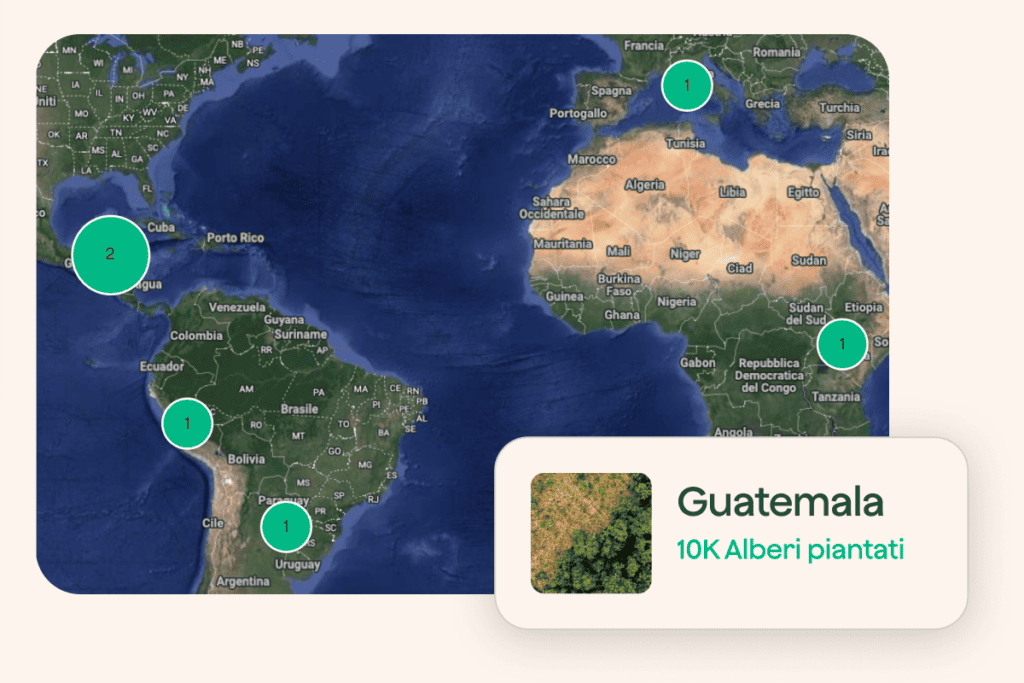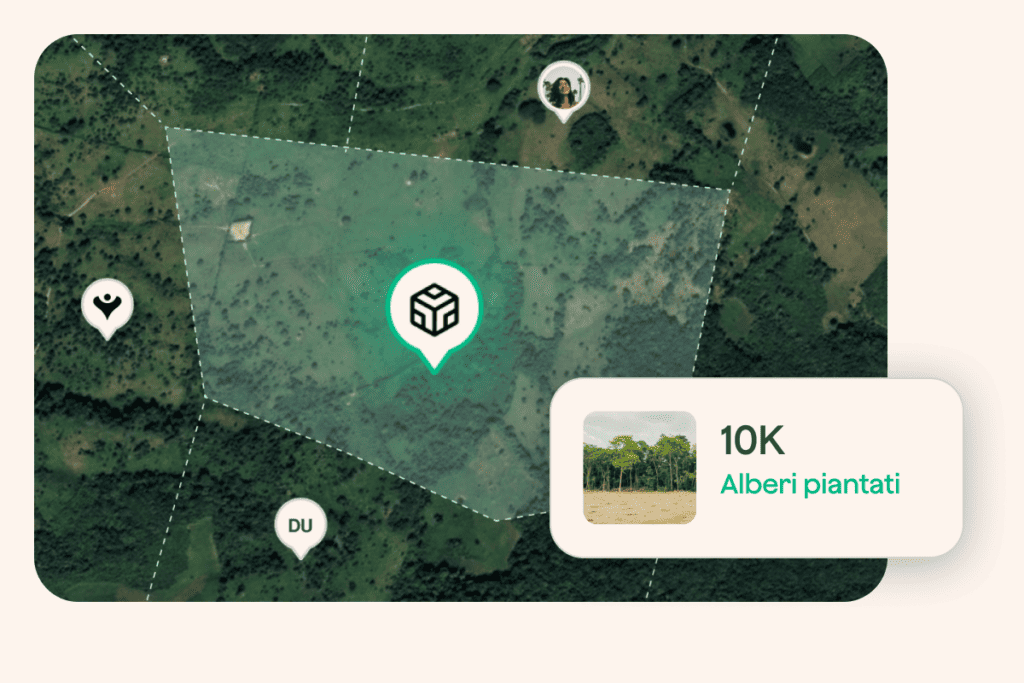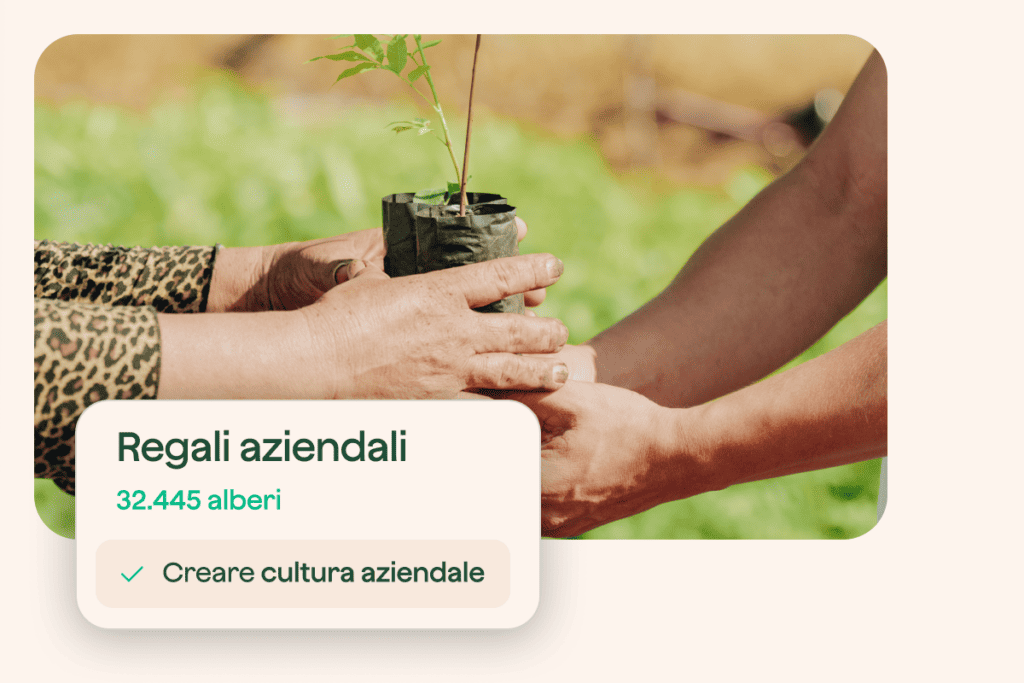Bringing evidence: desertification is occurring before our eyes
Rafael moved to Italy from Brazil in 2014 to pursue his PhD at the Faculty of Agricultural Forestry and Environmental Sciences at the University of Palermo, in Sicily. He is a consultant and project manager involved in various European projects in the Mediterranean area, such as LIFE’s Desert-Adapt project (3), and others in Latin America, in Brazil.
Rafael’s words smack of the experience of those who study, see and act to curb climate change. In 2022, some people still deny the existence of critical meteorological events, despite scientific data speak for themselves. “The U.S. Department of Agriculture and Environment has declared that about 40% of the planet’s usable land area is at risk of desertification caused by human activities, that is, by poor land management and lack of tree cover. According to the official Sensitivity Map issued by the Sicilian region, 70% of the island is at critical risk of desertification.”
Rafael is committed to bringing evidence of climate change. “I’m taking thermometers around the cooperatives to show all the collaborators the difference between keeping the ground covered and uncovered. And when they are surprised to see the difference between those temperatures.
In Caltanissetta, I measured the soil temperature in the neighbour’s olive grove at 10am: In the exposed areas, the thermometer recorded 45-46 degrees; surely by 3pm it would have reached 50 degrees. Where there was at least some mulch, the temperature measured was around 38 degrees and, in any case, 5-8 degrees lower than in the exposed soil during the hottest hours. Still, the bottom line is that under the trees the temperature was around 30 degrees, increasing by only a couple of degrees in the following hours.”

